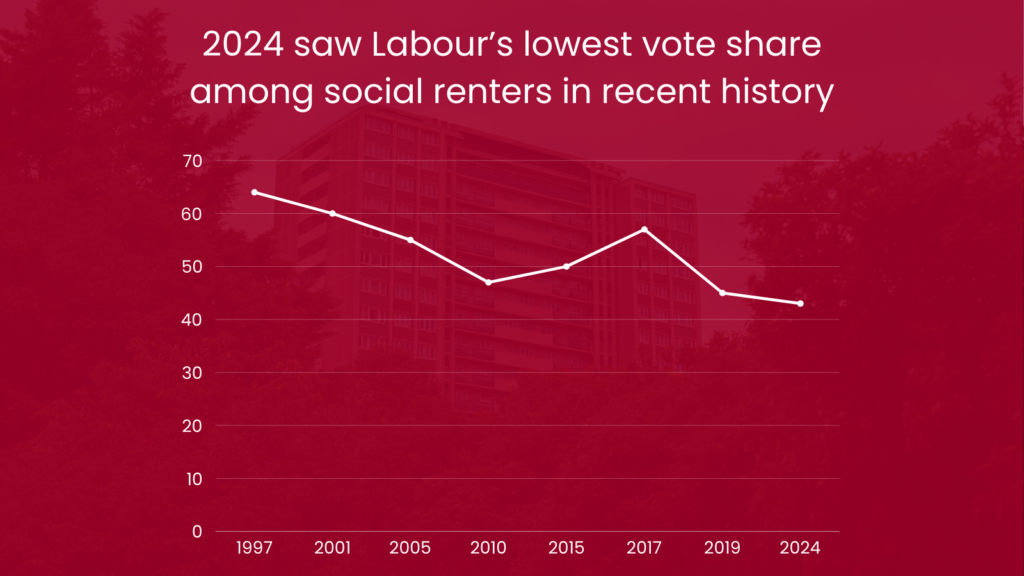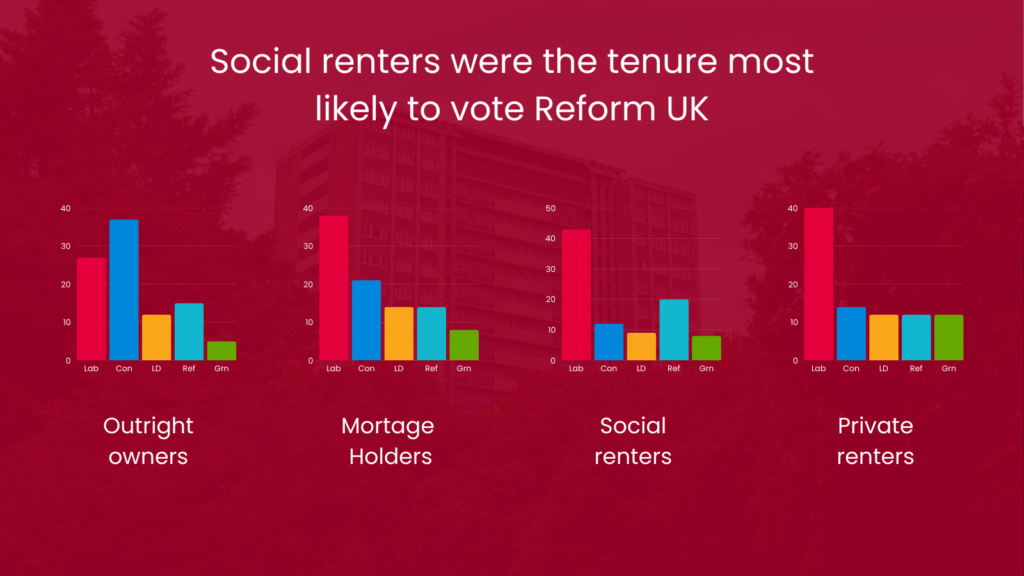As Director of Policy and Public Affairs at The Housing Forum I work with organisations from across the whole of the housing sector – from construction companies and architects, to housebuilders, housing associations and local authorities. I also keep abreast of housing policy – helping our members understand new developments and ensuring the government understands the needs of the sector.
The last year has been a fascinating time to have one foot in industry and one in policy circles. On the policy side, it’s the most positive I’ve ever seen. The new government has come in with huge enthusiasm to tackle the housing problems in the country, a willingness to burn political capital in doing so and – above all – a willingness to listen. It’s been greeted with pretty much unanimous enthusiasm from across the sector too. Yet at the same time, in the sector itself, the financial challenges are huge. After 15 years of high house price growth, the market sector is struggling with the slow-down alongside a sharp rise in construction costs, whilst the social housing sector struggles also with increased costs of building safety and maintaining existing homes, rising costs of borrowing and grant rates that just aren’t stacking up to support the building of much-needed new social housing.
So what does it need to do to turn this tough situation around and build the new homes, including social housing, that we need?
The first and biggest answer has to be funding. Keen to establish themselves as fiscally responsible, Labour came to power making few promises that involved any spending – and there have been no major funding announcements for housing as yet, though the sector awaits the Spring Spending Review with trepidation. The next Affordable Homes Programme will be the main source of funding for developing new social housing. Grant rates need to be high enough to bridge the gap between construction and land costs, and the amount that landlords can borrow against future rental income. If the government also wants to sector to prioritise social rented housing over other options (Affordable Rent, or shared ownership) then this requires additional funding, as the subsidy required per dwelling is significantly higher.
The other way to support the sector is to support the finances of social landlords, so they’re better able to raise capital. The Building Safety Fund ensures that leaseholders do not have to pay for remediating fire safety issues, but social landlords have not been protected and are having to pay from reserves. If landlords are having to spend their own reserves on remediation, they cannot commit this same money to developing new housing, and nor can they borrow if their capital position is not strong enough. Fully funding building safety work for the social housing sector would be the first step to getting some of the biggest social housebuilders, who have the expertise – and in many cases already own the vacant sites – to build again.
Supporting the social housing sector in this way will not only help build the new social housing we need, but will also help the whole of the housing sector moving towards the 1.5 million new homes target – especially while the market for sales remains stagnant.
But Government doesn’t have unlimited funds, and housing is by no means the only call on them. So what else could government do that doesn’t involve funding?
Planning is a big part of the answer, and the new Government has hit the ground running with planning reform. The changes are welcome, and will now need time to bed in, alongside maintaining the strong rhetoric to ensure all areas play their part in delivering against the new targets.
Government could look to reduce the subsidy needed for social housing by looking at social rents. The previous government reduced rents for four years, meaning that they are currently significantly lower in real terms than they were in 2010. The G15 (group of the largest housing associations in the London area) has calculated that 29% of’ homes are currently below target rent, losing them £67.7m each year in rental income. They could also consider allowing higher rents for more energy-efficient homes, something that we’ve called for at The Housing Forum, to help leverage in some private finance for retrofitting. Increasing rents could see a backlash from tenants (as well as increased costs born by the DWP via higher benefit claims). A key concern would be the impact on those affected by the benefit cap – abolishing the cap would ensure that the welfare safety net works effectively for all types of families to help them afford their rent.
And finally, looking to the longer term and to a higher rate of housebuilding across many years, the government needs to ensure that the sector has the skilled workers it needs:
- Increased investment is needed in training and developing the workforce. FE Colleges must create training facilities and training that meets with the skills requirements of employers and the sector.
- Staff in FE colleges and universities need to undertake continued professional development to ensure that they are up to speed with the current practice and regulations around construction.
- Government should make dramatic improvements to careers guidance in schools to help teenagers make informed decisions about the later stages of their education, and much better knowledge of the types of job opportunities that are out there. Work experience, part-time jobs, internships and visits to local employers can all help.
- There needs to be clear pathways for young people from school into the many different careers in construction, which includes both building new homes and maintaining and upgrading the existing stock. The London Homes Coalition has done some good work on this area.
- The Government should not overlook the need of mid-career switchers – who have potential to expand their skillset into growing areas, such as green technology. This requires more flexible approaches to retraining and funding.
Overall, it’s been great to see such as strong focus on housing from the new Government, particularly around planning reform. But it’s now time for them to put their money where their mouth is in terms of the affordable housing sector.














